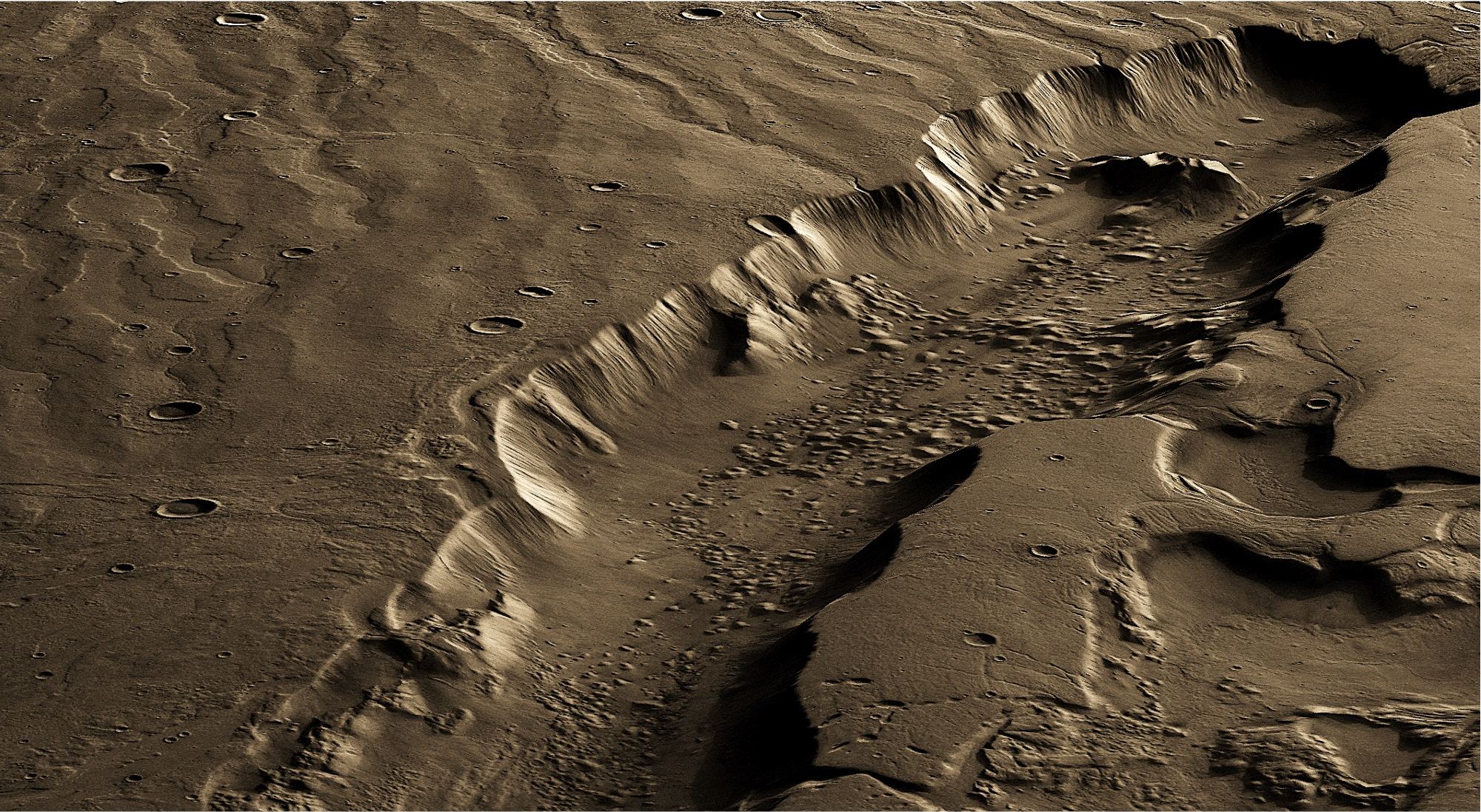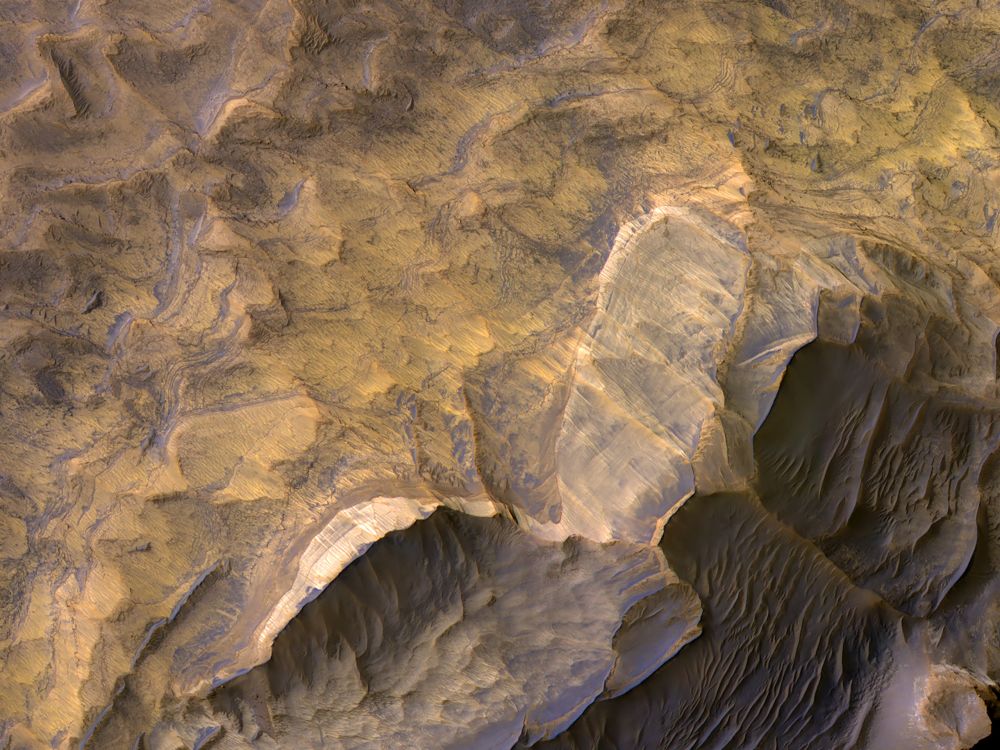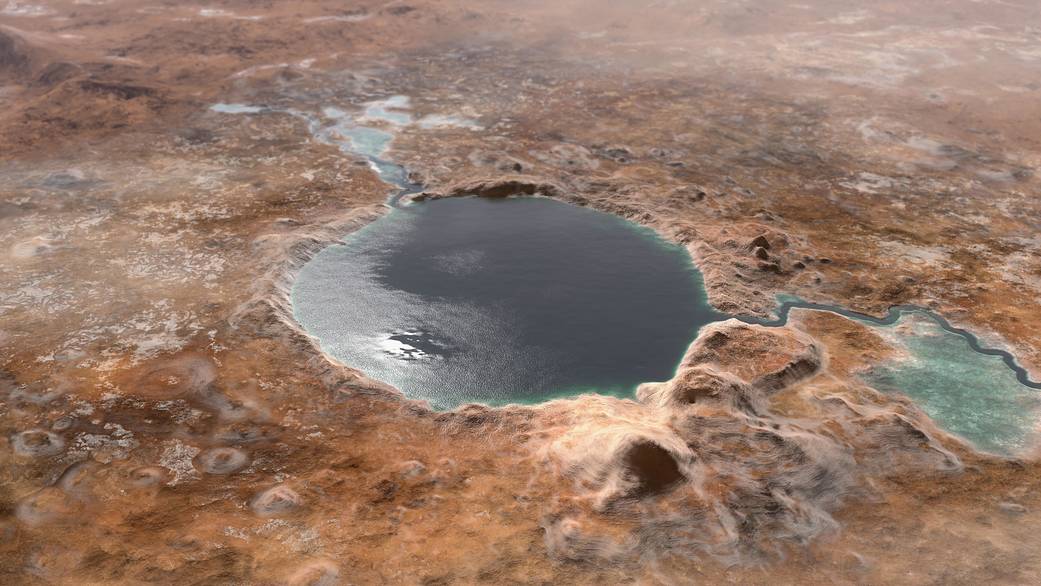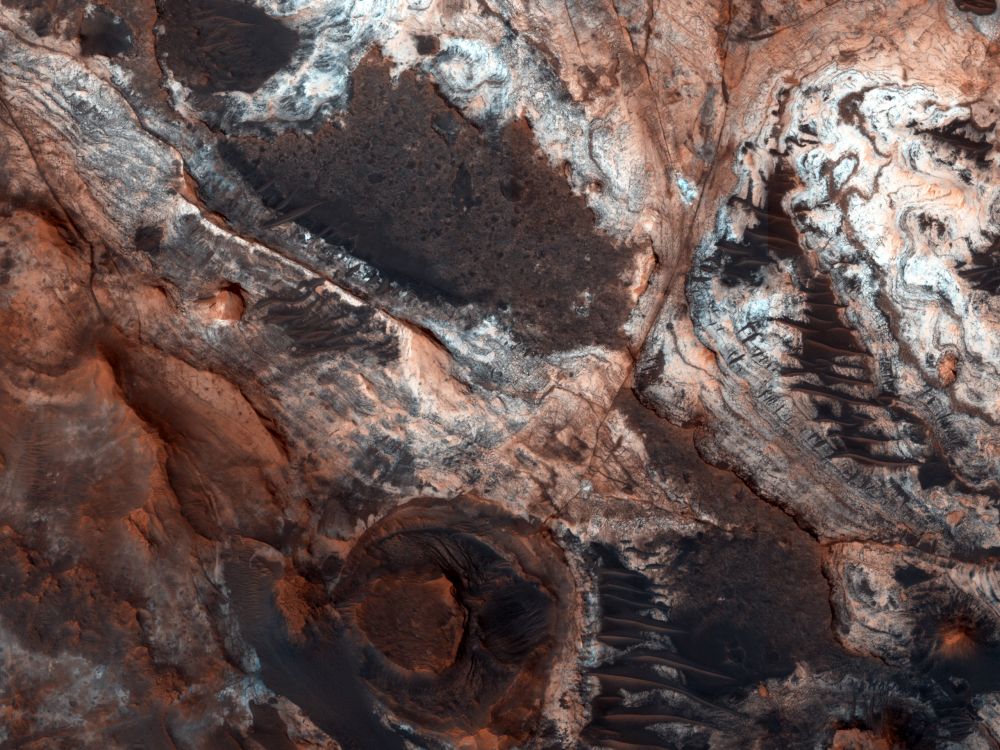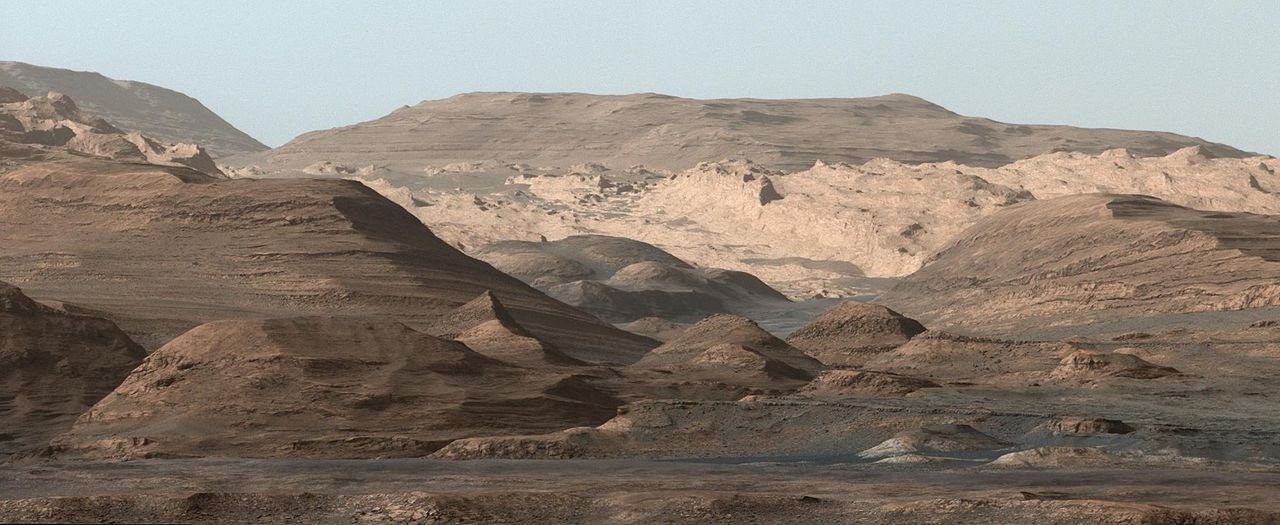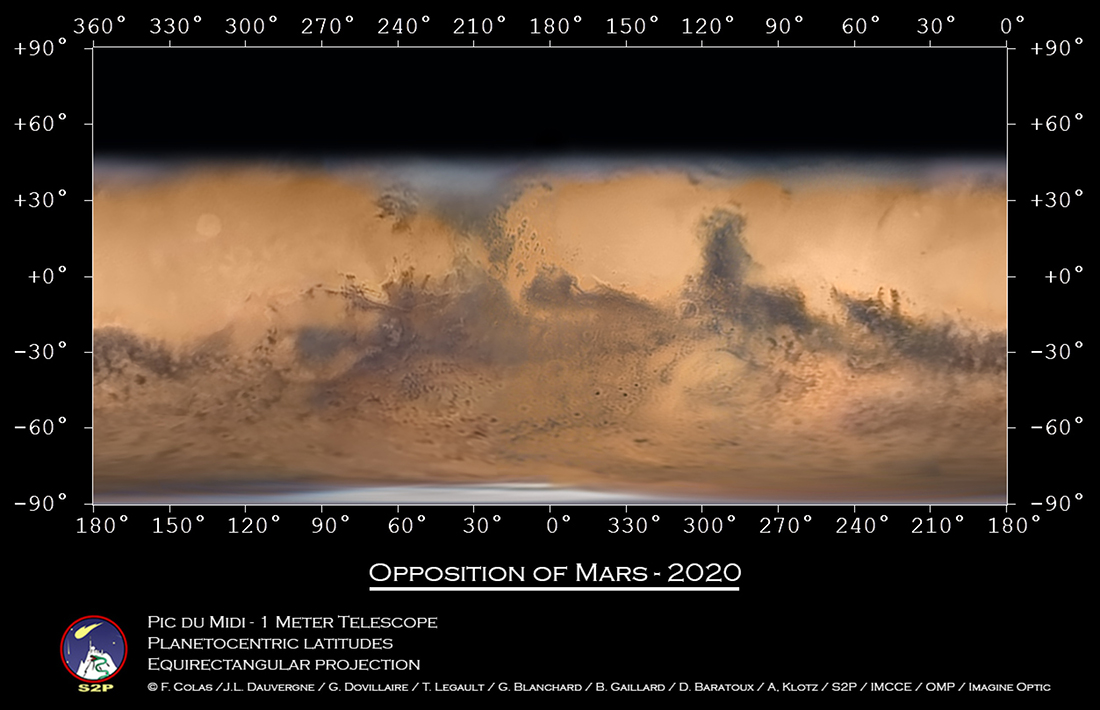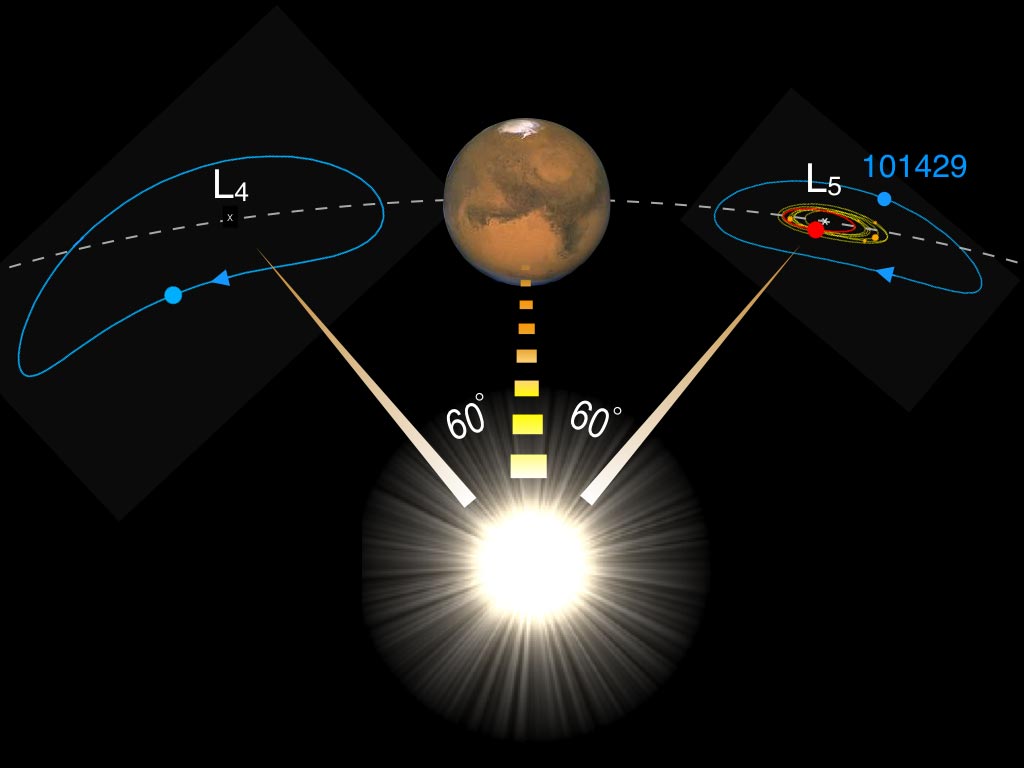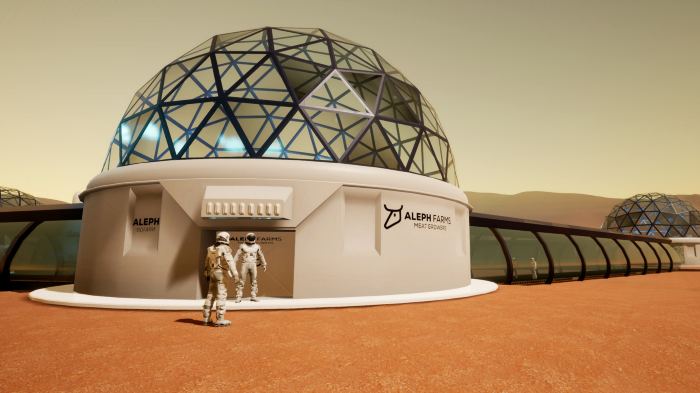For decades, robotic missions have been exploring Mars to learn more about the planet’s geological and environmental history. Next year, the Perseverance rover will join in the hunt and be the first mission to send samples back to Earth and by the 2030s, the first crewed mission is expected to take place. All of these efforts are part of an ongoing effort to find evidence of past (and maybe even present) life on Mars.
According to a new study from Rutgers University-New Brunswick., the most likely place to find this evidence is located several kilometers beneath the surface. It is here (they argue) that water still exists in liquid form, which is likely the result of geothermal heating melting thick subsurface sheets of ice. This research could help resolve lingering questions like the faint young Sun paradox.
Continue reading “You’re Going to Need a Bigger Drill. The Best Place for Life on Mars is Deep, Deep Underground”
